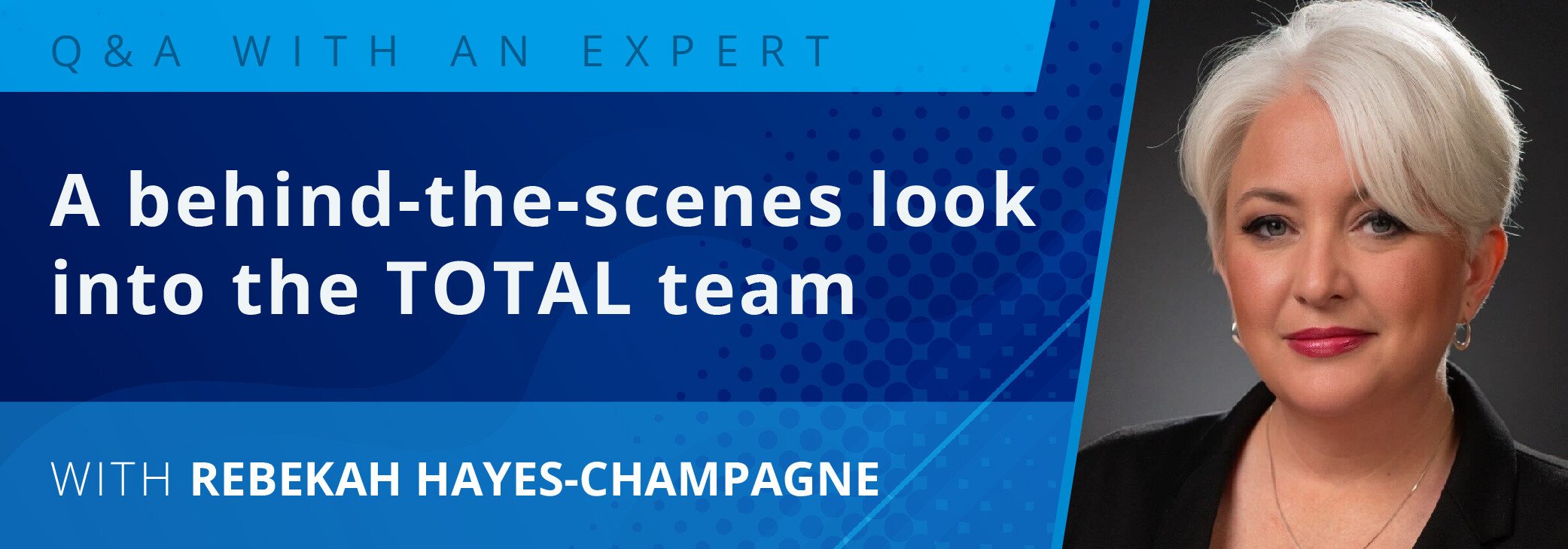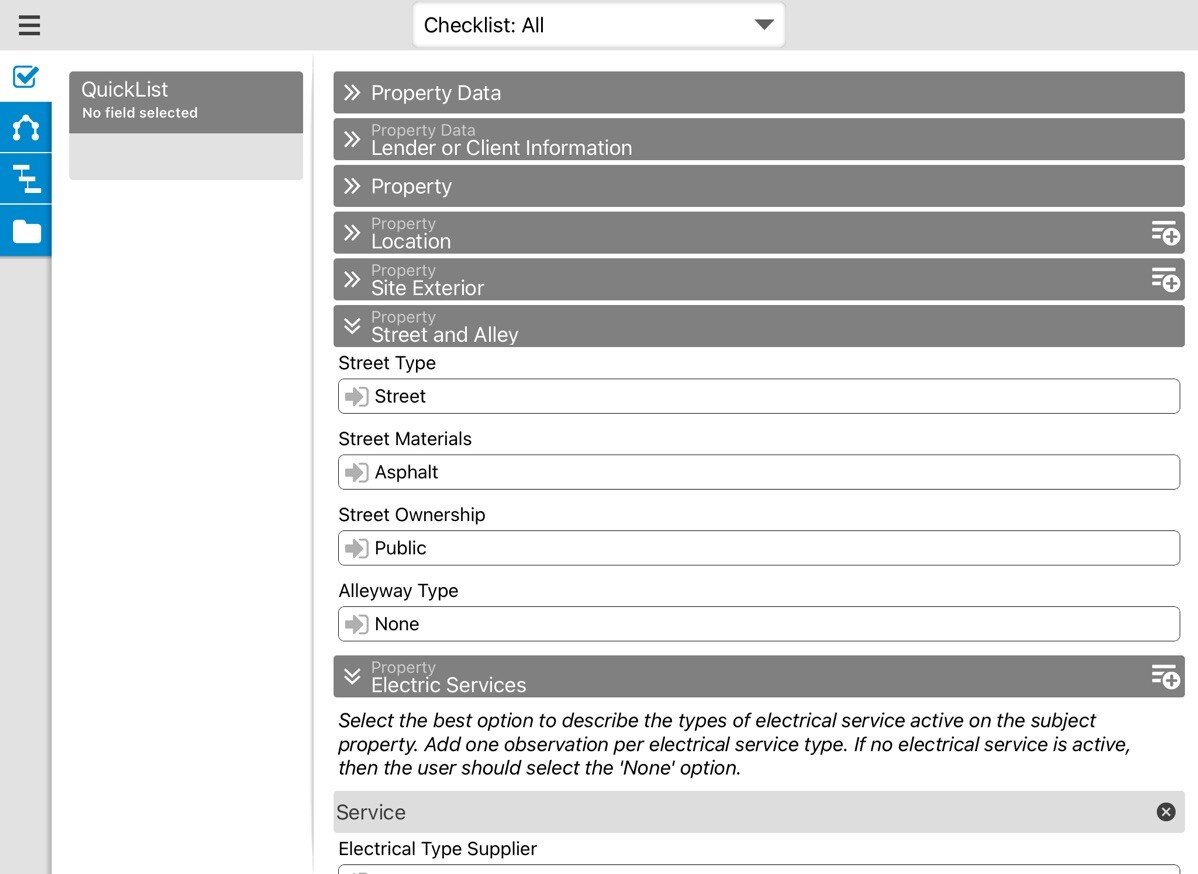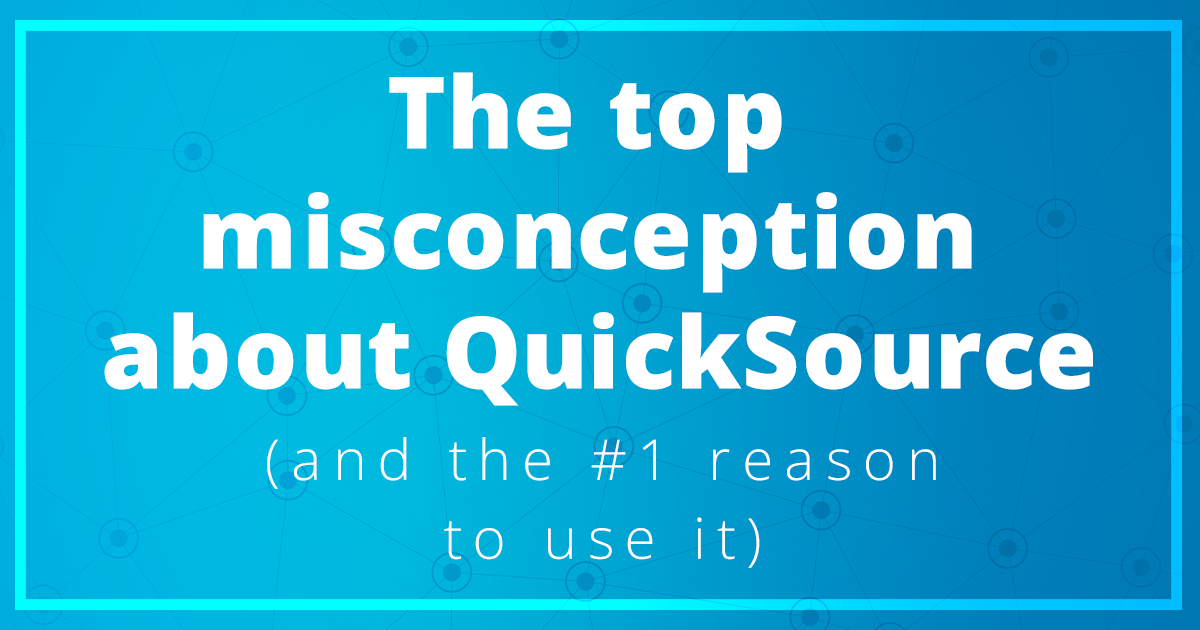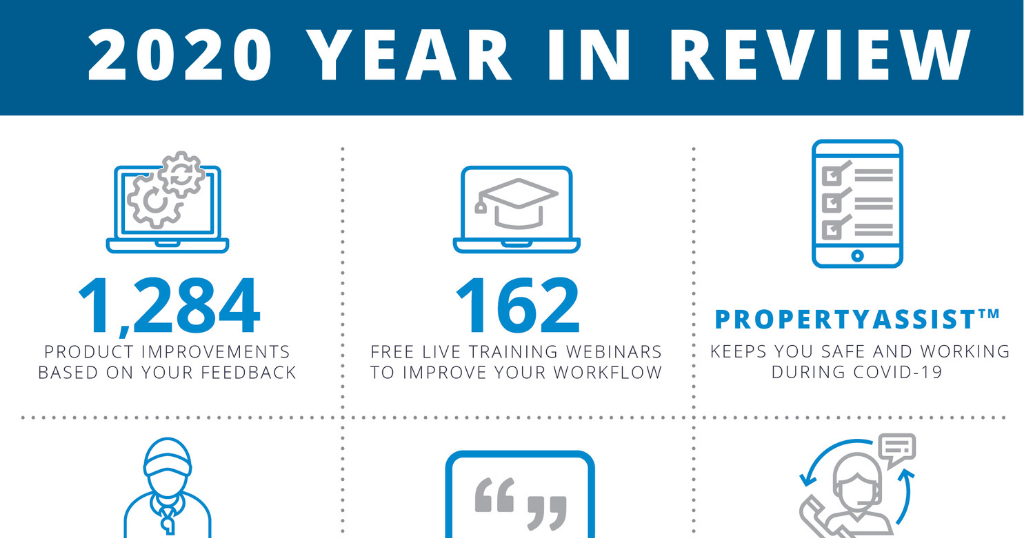Last month, five federal agencies issued "Credit Risk Management Guidance For Home Equity Lending," to "promote sound risk management practices at financial institutions with home equity lending programs." The guidance includes some items of keen interest to appraisers.
The guidance cautions that for all their promise of quicker and cheaper values, AVMs must be accompanied by much more due diligence. "When AVMs are used to support evaluations or appraisals, the financial institution should validate the models on a periodic basis to mitigate the potential valuation uncertainty in the model," the guidance says. This includes back-testing a representative sample of valuations against market data of actual sales.
AVM "confidence scores," often supplied with the valuations by vendors, can mean almost anything. They "come in many different formats and are calculated based on differing scoring systems. Financial institutions that use AVMs should have an understanding of how the model works as well as what the confidence scores mean," regulators said.
The guidance gets to the heart of the biggest selling point for AVMs to commissioned brokers, correspondent lenders and other originators: "cascading values." Institutions should "[i]mplement policies and controls to preclude 'value shopping.' Use of several valuation tools may return different values for the same property. These differences can result in systematic overvaluation of properties if the valuation choice becomes driven by the highest property value. If several different valuation tools or AVMs are used for the same property, the institution should adhere to a policy for selecting the most reliable method, rather than the highest value."
Several AVM vendors tout "cascading AVMs" as a way to hit several automated values and then pick the "best" one for the loan. Coupled with the guidance's caution against meaningless "confidence scores," it's clear federal regulators are getting that AVMs are often more trouble then they're worth.
Last year at about this time we heard from a lot of appraisers on the subject of whether the Owner's Estimate of Value was a legitimate tool or a way to try to subtly influence the value opinion. See here. The regulators' guidance to banks actually prohibits supplying an Owner's Estimate to appraisers.
As part of an institution's "appropriate collateral valuation policies and procedures that ensure compliance with the agencies' appraisal regulations," banks should "ensure that an expected or estimated value of the property is not communicated to an appraiser or individual performing an evaluation."
On the same day the guidance was issued, Washington Mutual notified its appraisers that effective May 21 the Owner's Estimate of Value field would be removed from its appraisal assignment documents. The information will be collected optionally and retained in the lender's system, but will not be provided to the appraiser.
"Credit Risk Management Guidance For Home Equity Lending," issued by the Office of the Comptroller of the Currency, the Board of Governors of the Federal Reserve System, the Federal Deposit Insurance Corporation, the Office of Thrift Supervision and the National Credit Union Administration, can be found in PDF form here. WaMu's Appraisal Newsflash announcing its policy change can be found in PDF format here.


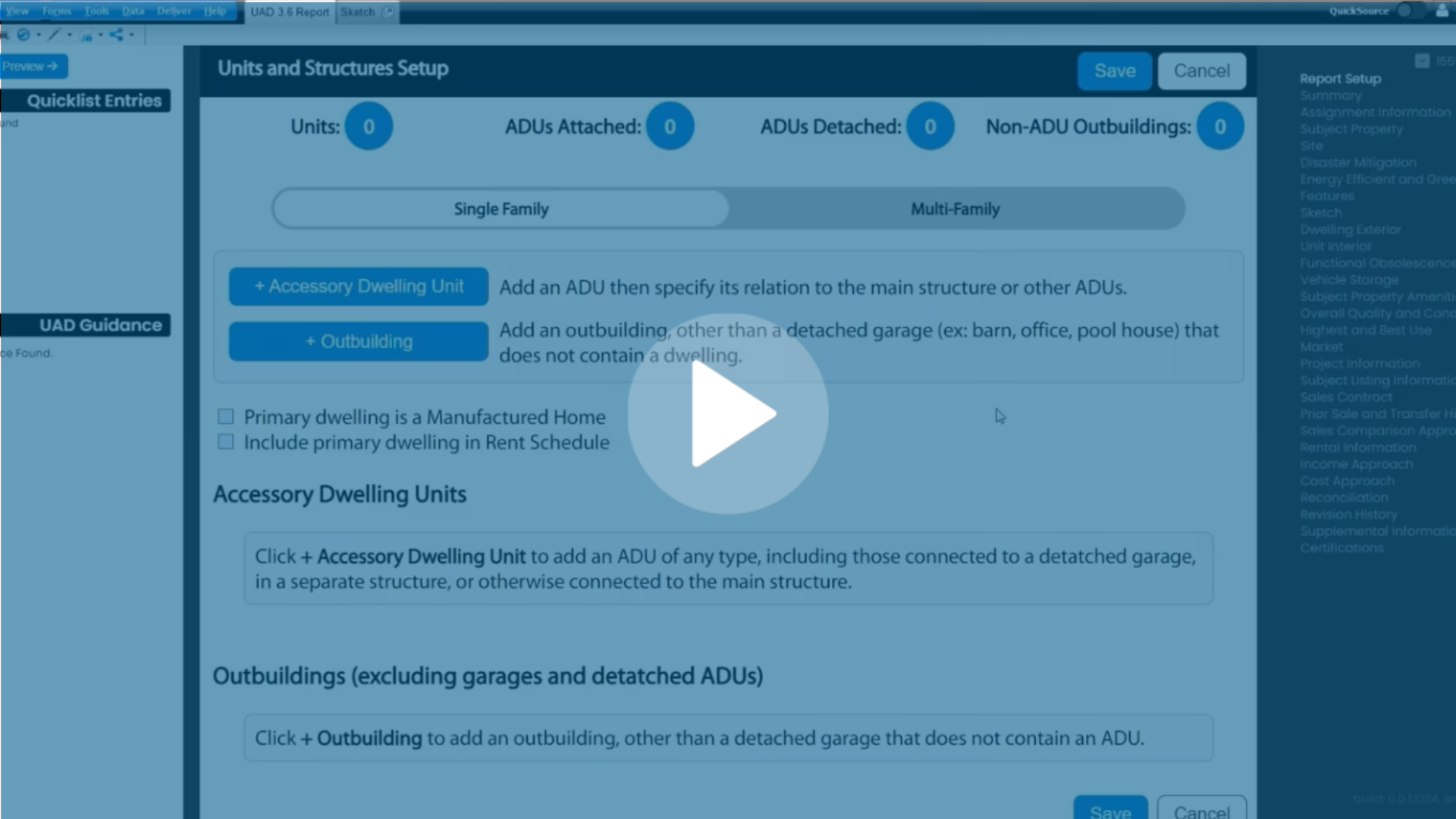
.png)

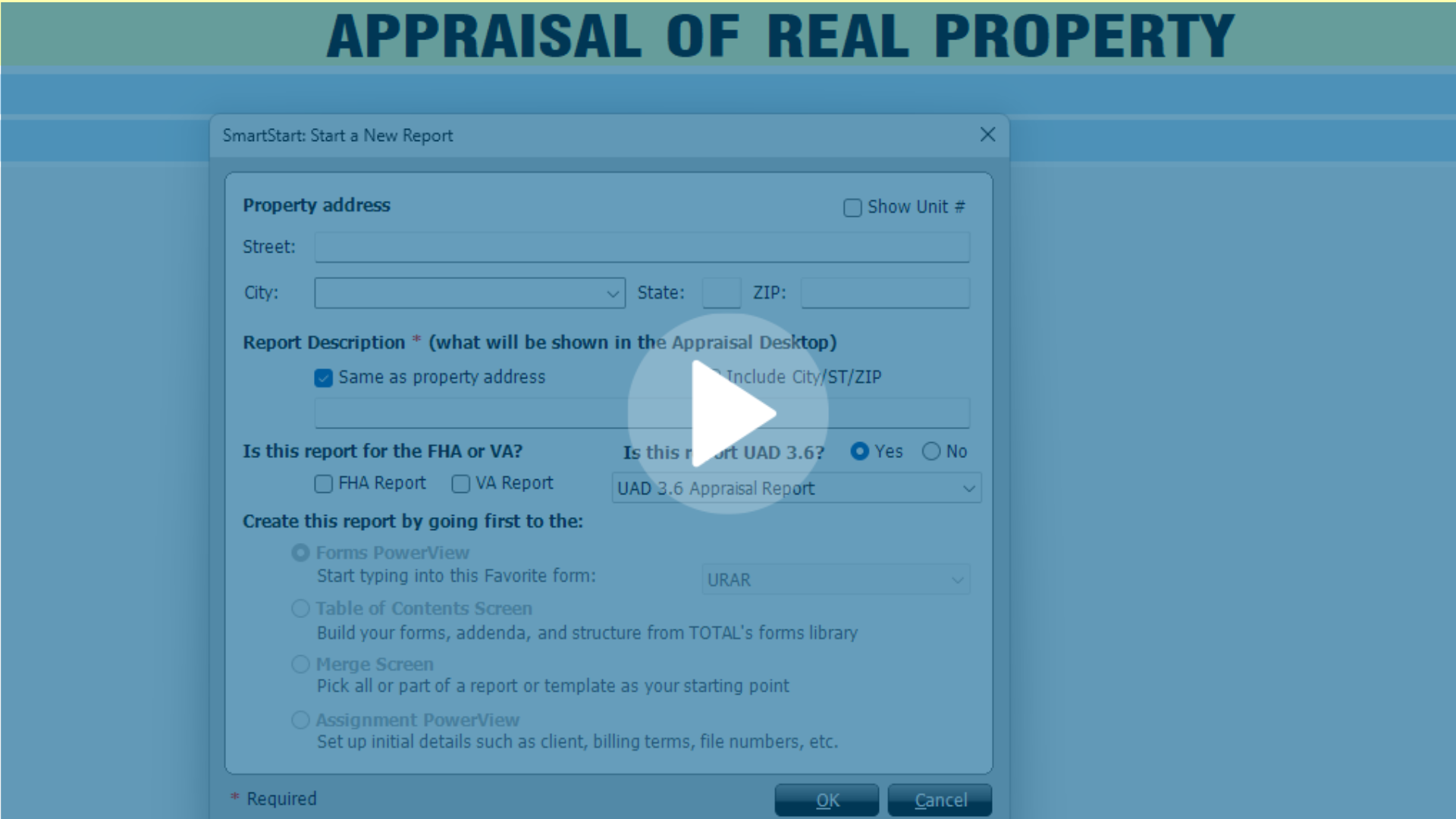


.png)
-1.png)
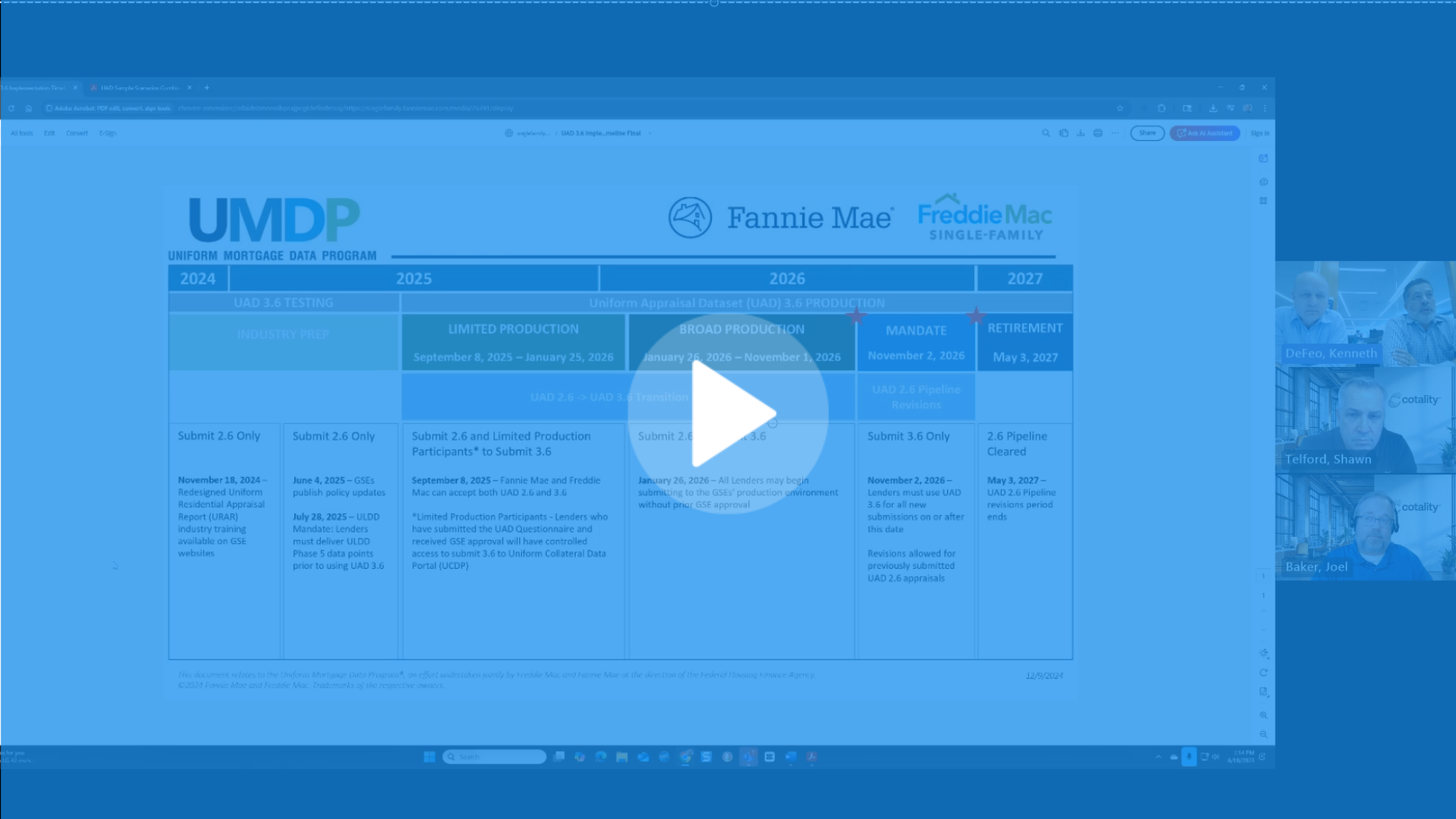
.png)

.png)
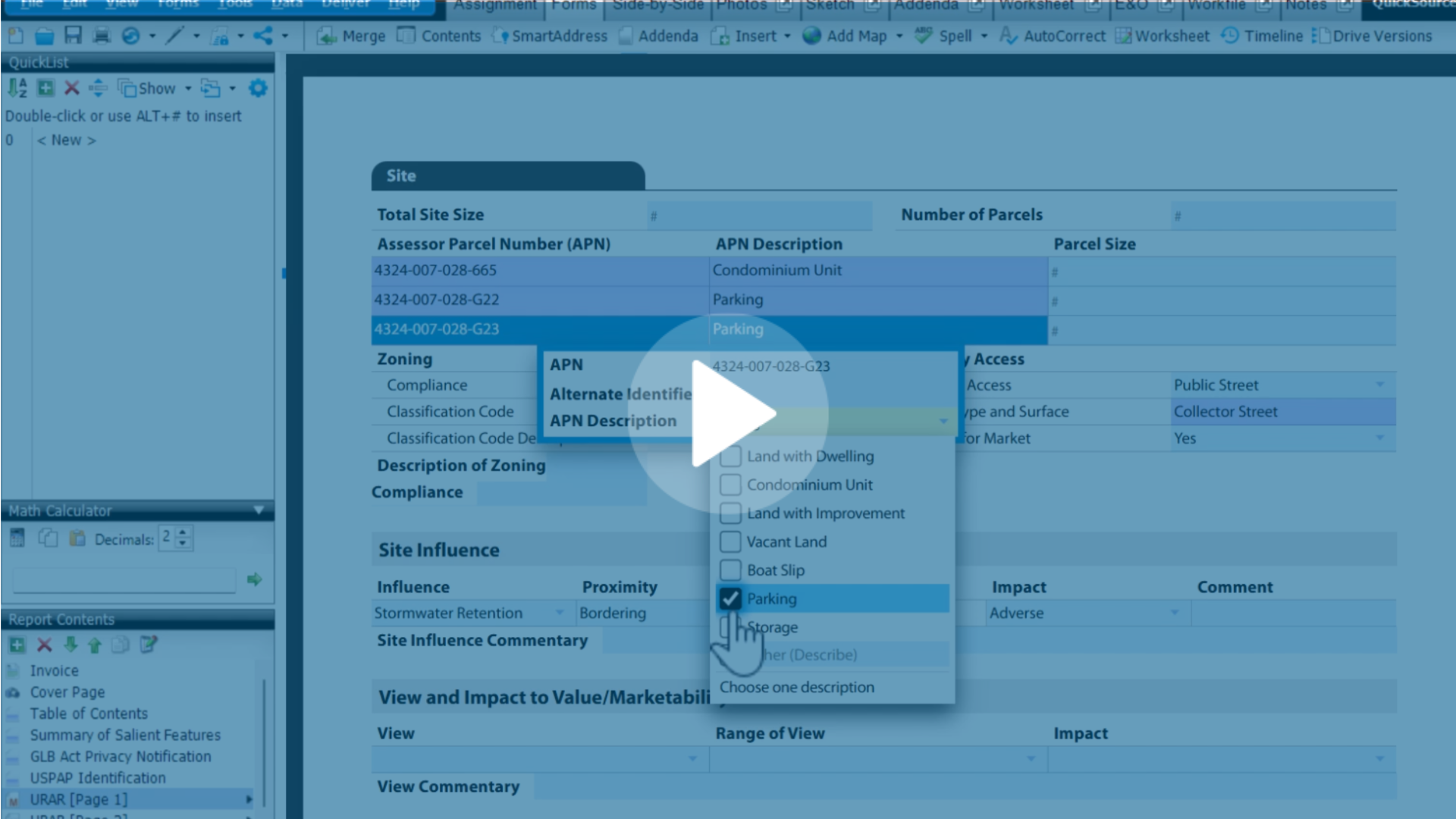
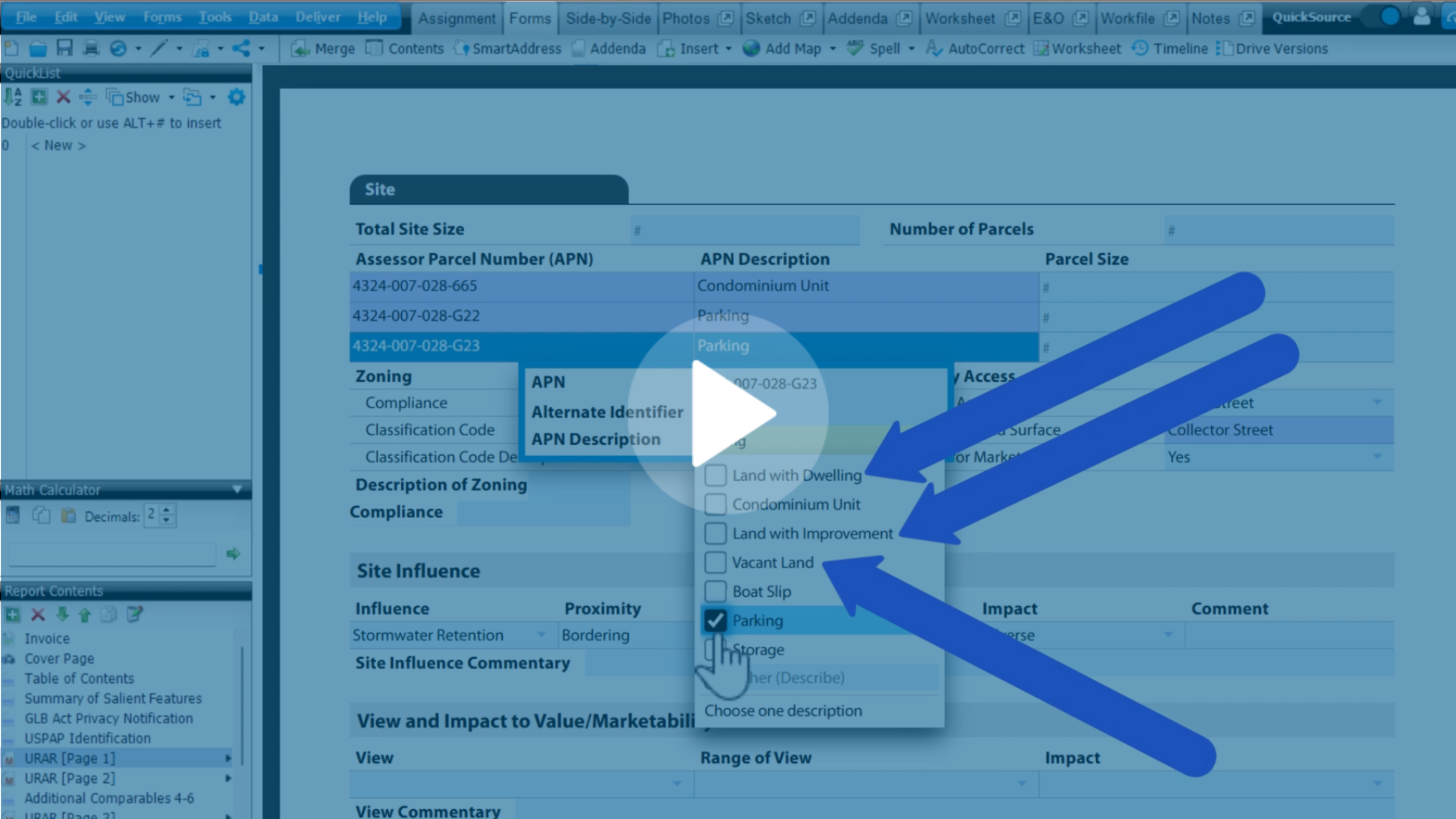
.png)
.png)
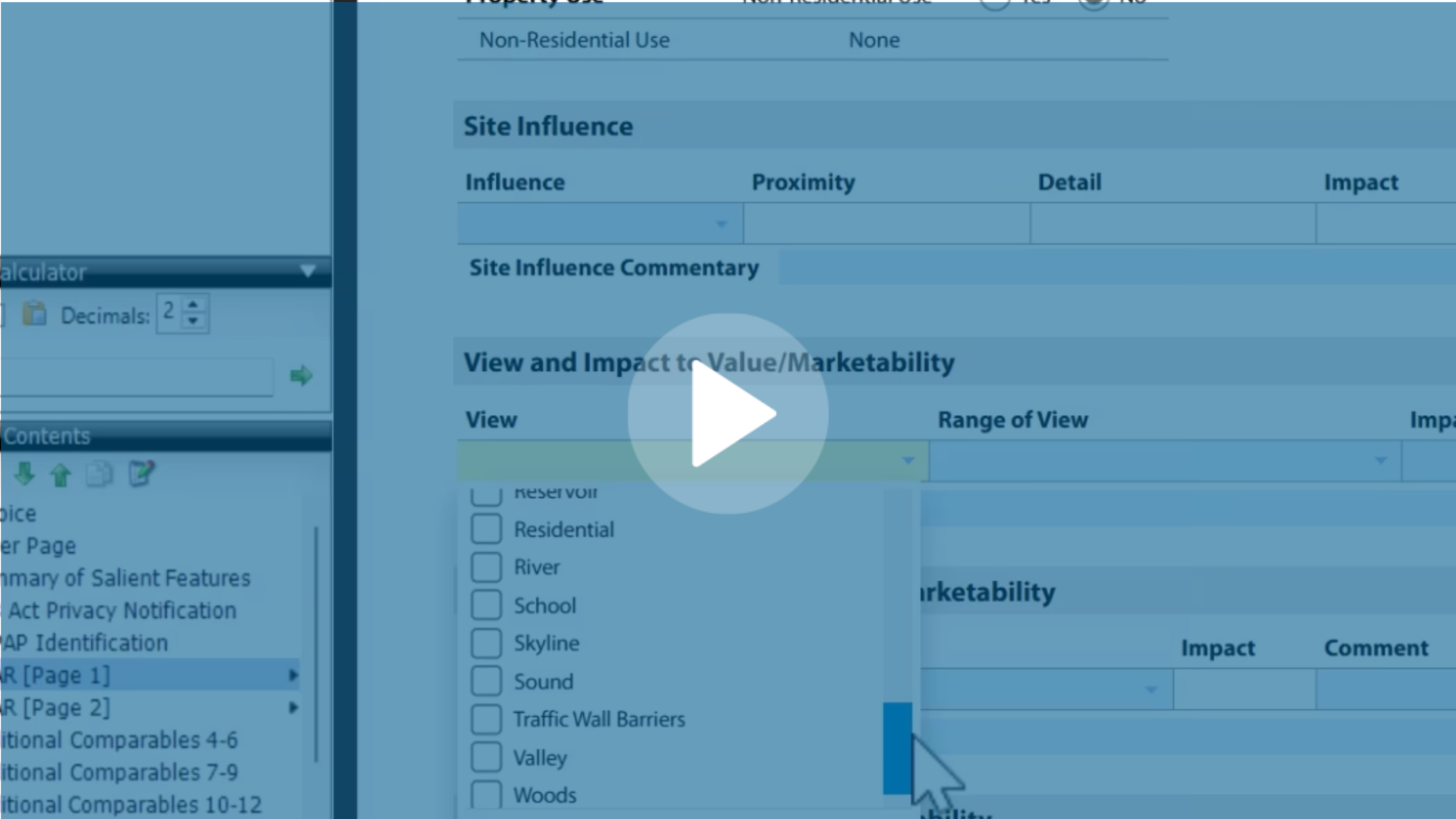
.jpg)
.png)
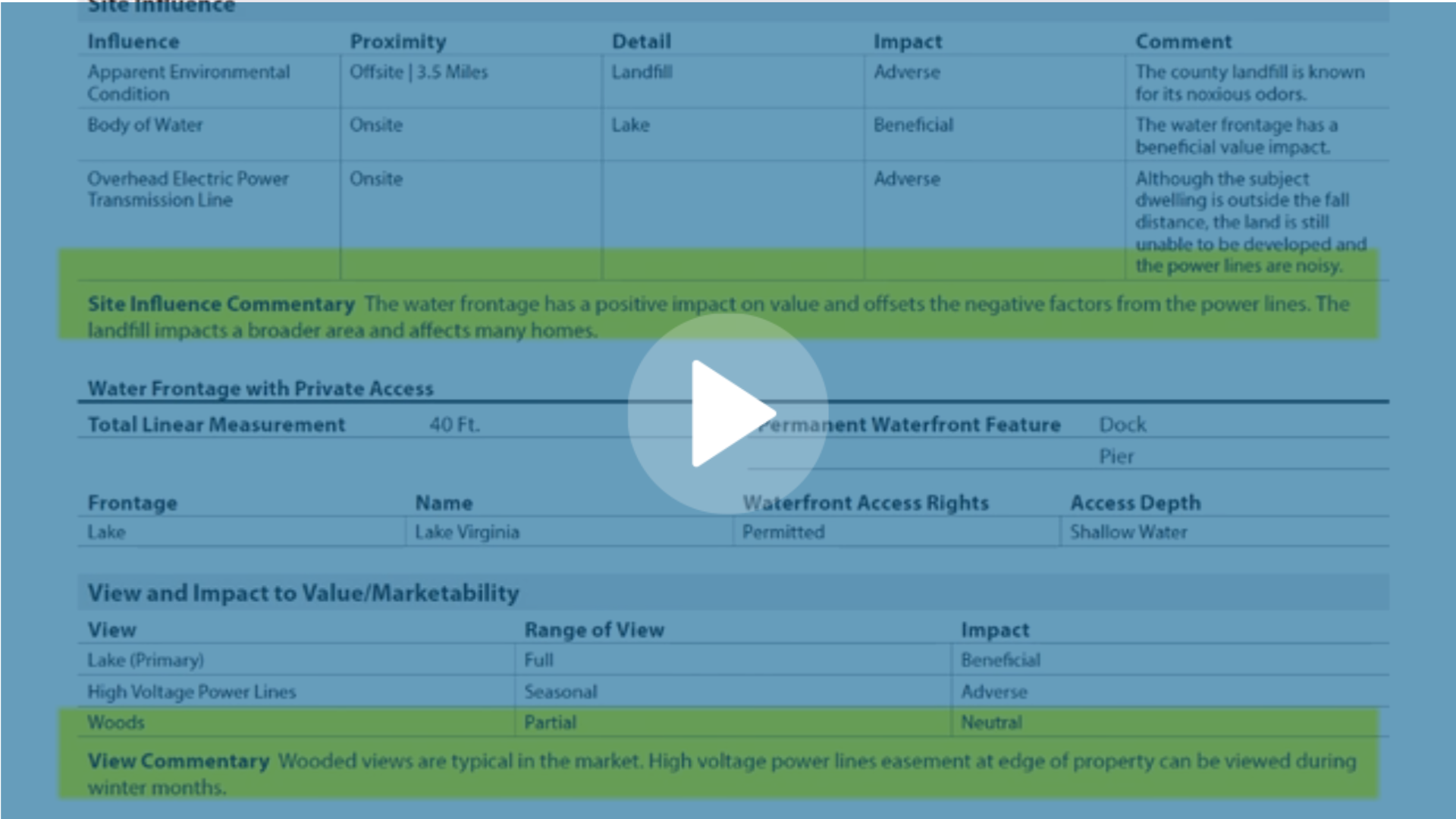
-1.png)









